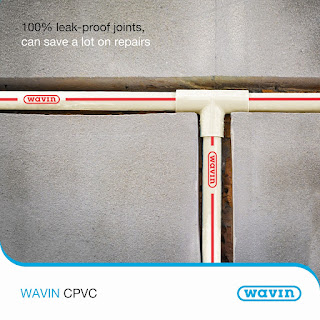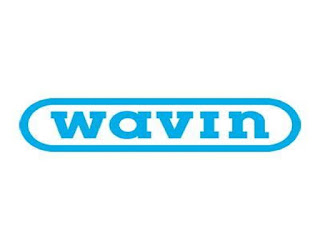Among the various advanced types of plastic pipes which are widely employed in pipelines for water, gas and other substances, polypropylene random copolymer is a specialized one. PPR has now become one of the most popular choices for hot and cold water applications across the world. There are many reasons for this, on account of PPR’s many advantageous properties. Let us explore what are the properties which make PPR pipes a popular choice for installations: 1. PPR pipes and fittings have a longer service and can remain operational for more than 50 years at a time without being damaged or cracked. They are durable and have high strength, resisting action by natural conditions such as roots of trees and plants as well. 2. PPR pipes and fittings have low thermal conductivity which means that they do not transfer heat or cold to the external environment or get affected by it. This in turn minimizes the heat loss in the pipes, thereby also making them a sustainable opti






